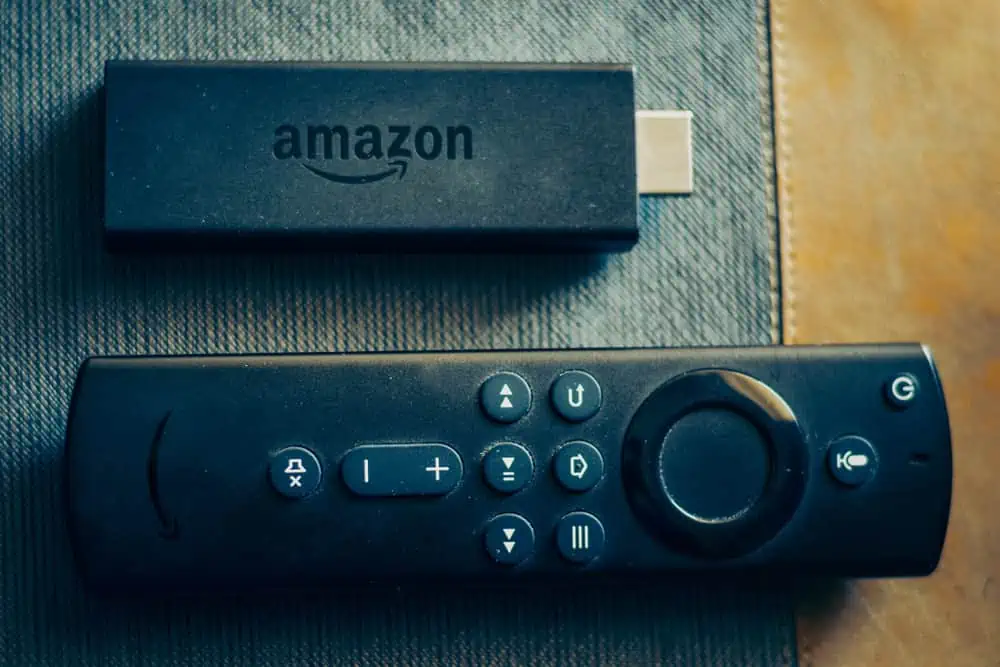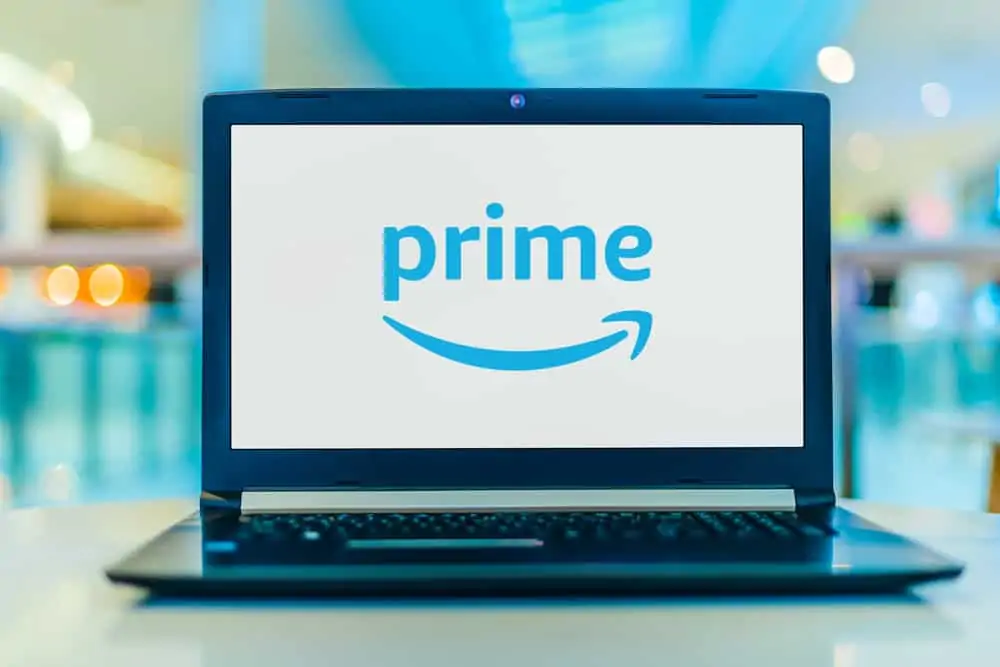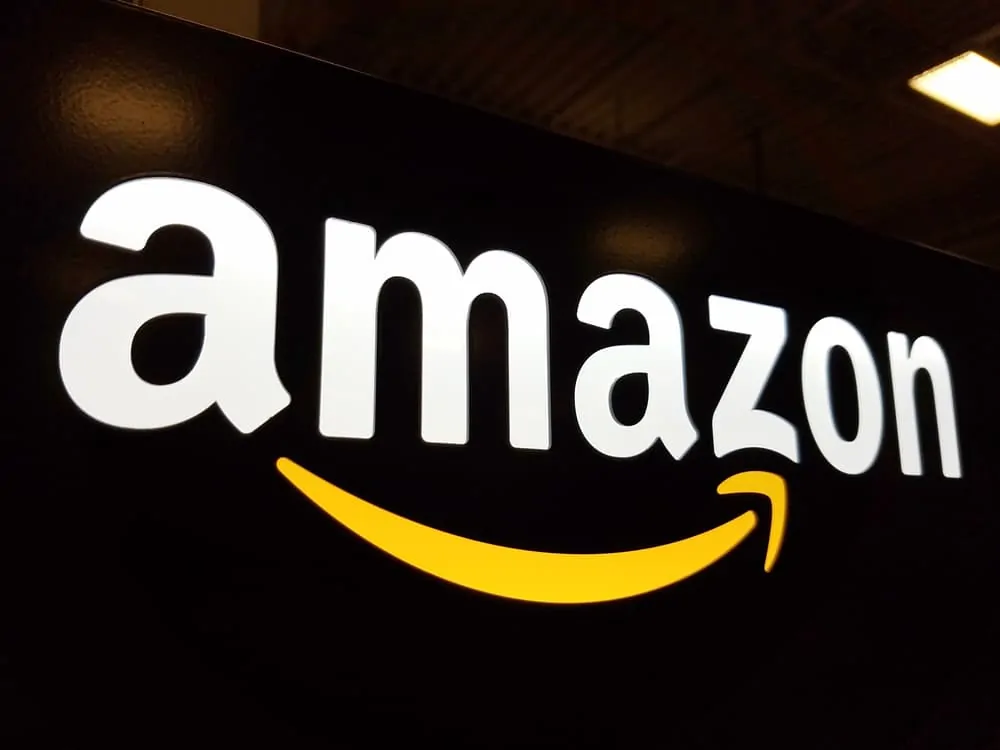This Itechguide explains what Amazon FBA (Fulfillment by Amazon) is. The guide starts with a detailed explanation of Amazon FBA.
Then, it explains how Fulfillment by Amazon works and ends with the benefits of Fulfillment by Amazon.
What is Amazon FBA?
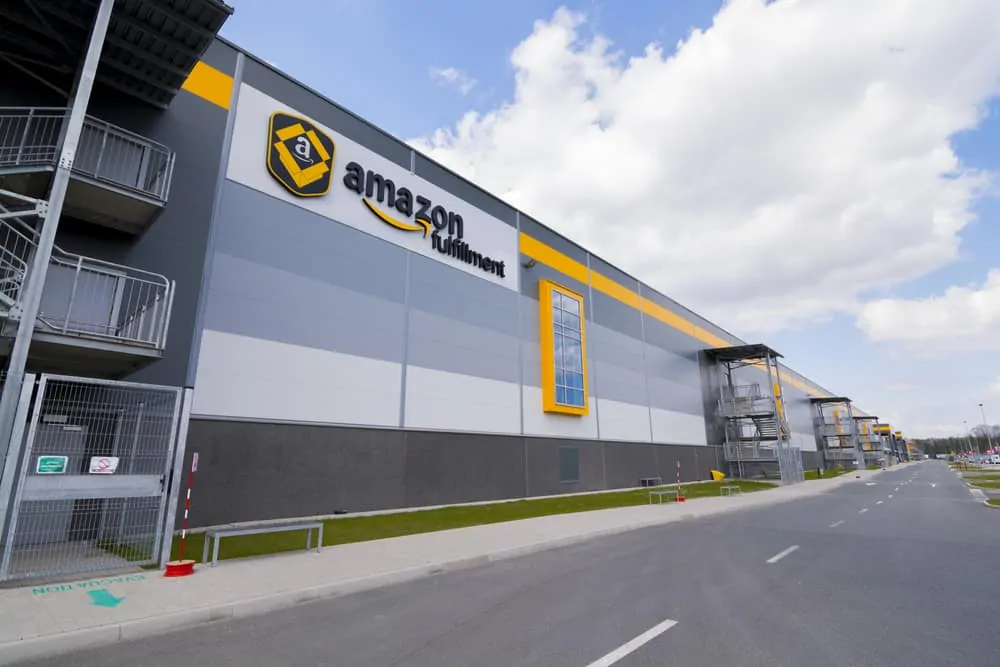
Amazon FBA is an inventory storage and management solution offered by Amazon. With this solution, Amazon stores, manages (picks and packs) and ships your inventory to customers. Amazon also manages returns and provides customer support for FBA orders.
Moreover, FBA allows you to either sell on Amazon and/or your own site or other third-party sites. This means that if you have an existing e-Commerce business or you are a product manufacturer, you can store your products on Amazon warehouses, sell on your website and get Amazon to ship your orders to Amazon (more on how this works later).
If you store your products on Amazon warehouses and sell on your website other than Amazon, Amazon fulfills these orders through a process called Multi-Channel Fulfillment.
How Amazon FBA Works
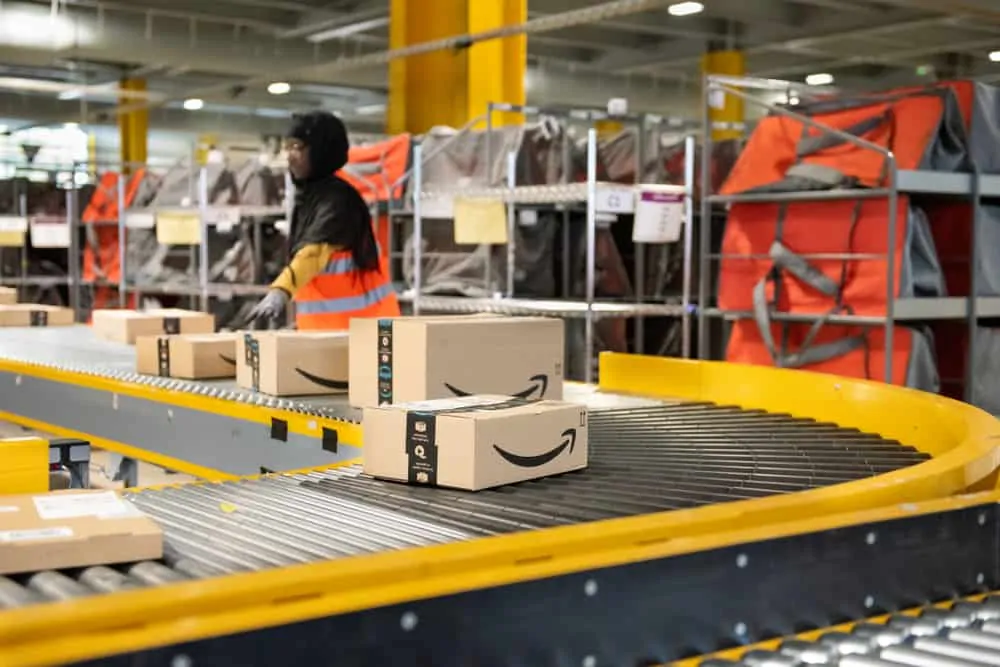
This section covers how this solution works. FBA works in 4 simple steps:
1. Create an Amazon Seller Central Account
The first step to sign up for FBA is to create an Amazon Seller account. You have the option to opt for an Individual or a Professional plan. The individual plan does not attract a monthly fee but Amazon will charge you $0.99 flat fee every time you sell an item.
However, with the Professional plan, you will pay a monthly fee of $39.99*. For both plans, Amazon also collects a scaled referral fee. Moreover, both plans supports FBA but if you want advanced tools, it is strongly recommended to sign up for the pro plan.
One advantage of the pro plan over the individual plan is that with the pro plan, you can apply to sell on restricted categories – this option is not available in the individual plan. For a full comparison of the plans, visit the Amazon Selling plans comparison page.
2. Create Product Listings
Once you have created a seller account, the next step is to create a product listing. You can either add a new product into the Amazon catalog or add an existing product to your seller account.
Whether you are adding a new product to the catalog or adding an existing product to your account, you have to select the option that you want Amazon to Fulfill your orders. For more information, click adding your products.
3. Prepare Products for Shipment to Amazon
The next step in the Amazon FBA process is to prepare your products for shipment to an Amazon fulfillment center. Amazon has very specific packing guidelines and shipping requirements that you need to follow.
4. Ship Products to Amazon
The final step in the FBA process is to ship your prepared products to an Amazon fulfillment center. For help with the shipping process, read Send/replenish inventory to Amazon.
Benefits of Amazon FBA
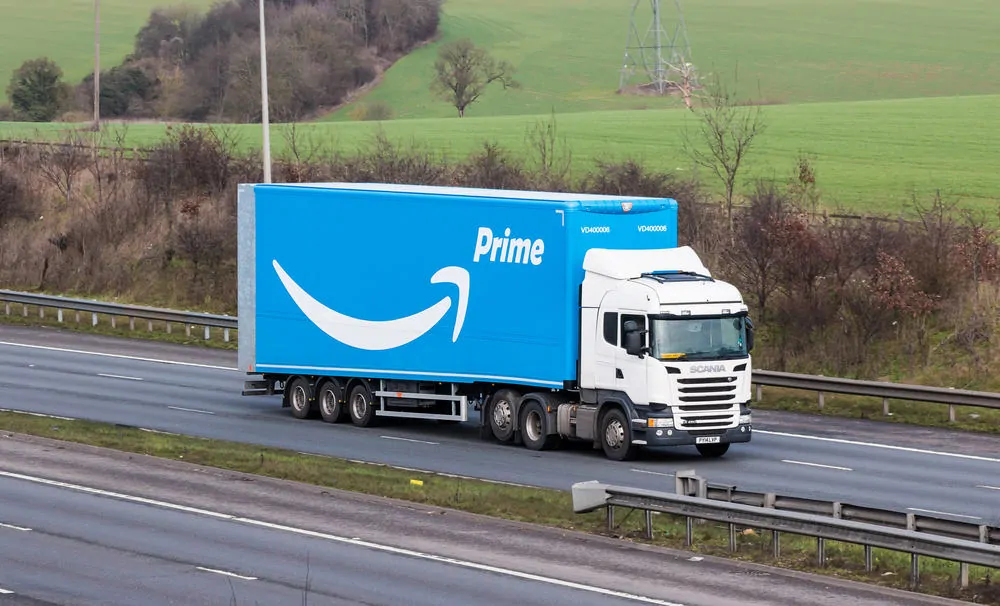
To conclude this Itechguide’s Amazon FBA tech guide, this section lists and explains some of the benefits of using Fulfillment by Amazon.
Your products will be eligible for Amazon Prime: if you store your products in Amazon fulfillment centers and sell them on Amazon, they will be eligible for Amazon Prime – free 2-day shipping, free shipping (on some items) and more. This will give your products access to millions of Prime customers.
FBA Customer Support and Returns: When you sign up for FBA, Amazon will not only ship your products to customers when they order, they will also manage returns. Moreover, Amazon will also handle customer service for you. However, from my personal experience, you have to plan to offer your customers some form of customer support, including handling queries and working with Amazon to handle returns, replacements and refunds.
Start Small and Scale: Another benefit of FBA is that Amazon does not have a minimum inventory. You can start small and scale your business. There are some FBA-specific services that will help you scale your busines:
- FBA Subscribe & Save: This will be beneficial if you sell products that customers need to replenish regularly. As an Amazon FBA seller, you can add Subscribe & Save to your products and get repeat orders.
- FBA Small and Light: This offer benefits you if you sell lightweight products – Amazon will charge you lower fulfillment fees on products you add to the Small and Light program.
- FBA Export offers you the option to ship your FBA products to more than 100 countries without lifting a finger. Well, just a little finger-lifting – you need to enable FBA Export for an FBA product to benefit from this offer. Amazon handles the logistics of shipping your products to more than 100 countries.
- Multi-Channel Fulfillment: I mentioned this in the first section of this guide. Multi-channel fulfillment allows you to use your inventory stored in Amazon fulfillment centers to fulfill orders from outside Amazon. As an example, you can sell your products on eBay and when an eBay customer orders, you create an order on Amazon – Amazon will pick, pack and ship the order to the customer.
I hope this Itechgude successfully explained Amazon FBA (Fulfillment by Amazon)? I also hope that you found the it helpful. If you found it helpful, kindly vote Yes to the “Was this post Helpful” question below.
Alternatively, you could ask a question, leave a comment or provide feedback with the “Leave a Reply” form found towards the end of this page.
Finally, for more Amazon tech Itechguides, visit our Amazon Explained page. You may also find our Work from Home page very helpful.
